TIG welding, also known as Gas Tungsten Arc Welding (GTAW), is a precise and versatile welding process that can be used on a variety of materials, from stainless steel to aluminum. With 13 years of welding experience and a background in both commercial and underwater welding, I have accumulated invaluable knowledge and skills in the art of TIG welding. In this article, we will delve into the fundamentals of TIG welding, exploring the equipment needed, techniques to master, and common mistakes to avoid. Whether you are a beginner looking to learn the basics or an experienced welder seeking to refine your skills, this comprehensive guide will help you become a proficient TIG welder.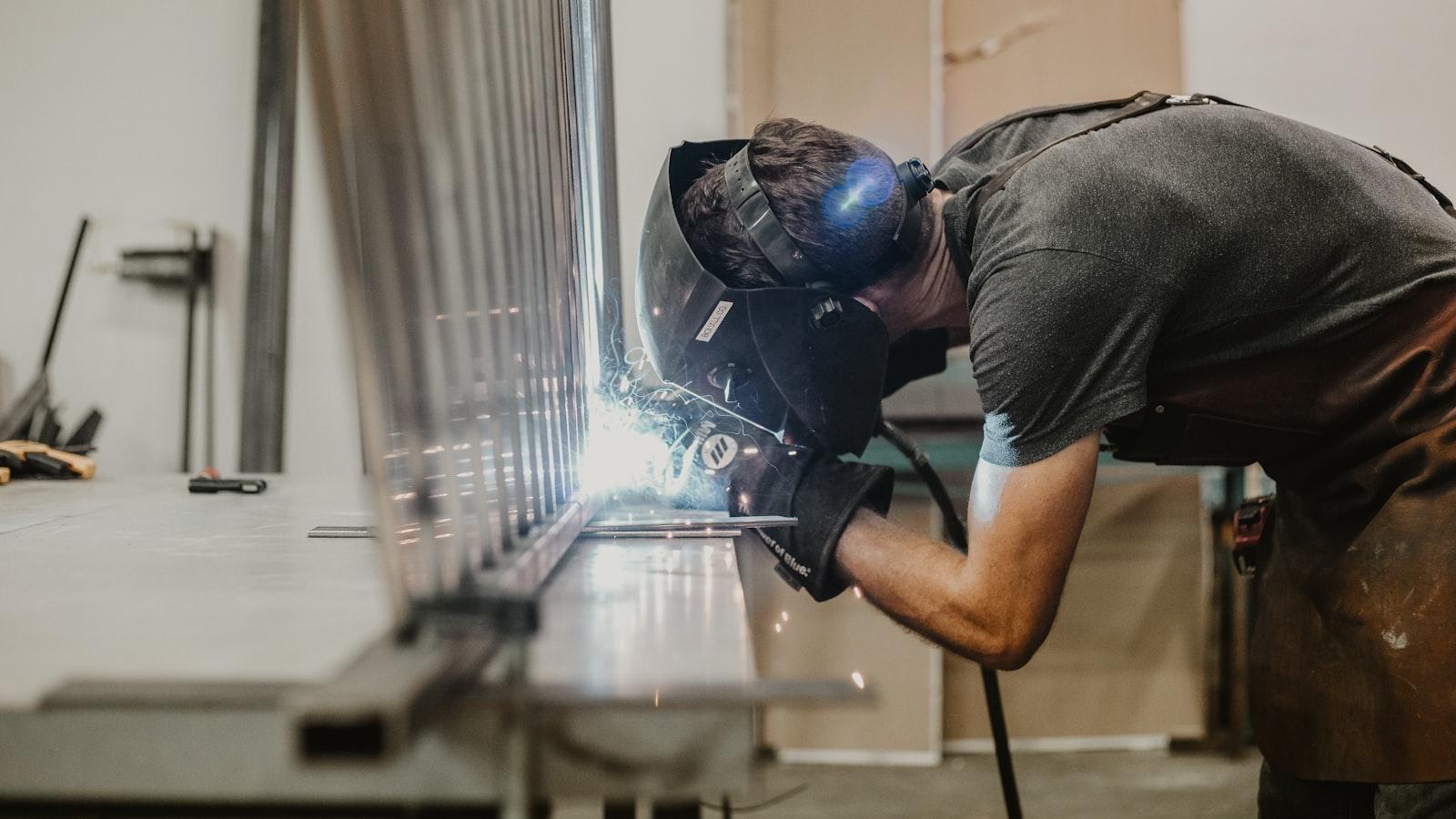
Table of Contents
- Selecting the Right Tungsten Electrode for Tig Welding
- Understanding the Importance of Proper Gas Coverage in Tig Welding
- Mastering the Art of Establishing the Correct Arc Length
- Advanced Techniques for Controlling Heat Input in Tig Welding
- Tips for Achieving Strong and Clean Welds in Tig Welding
- Utilizing Back Purging to Prevent Porosity in Tig Welding
- Optimizing Welding Speed and Travel Angle for Better Results
- Q&A
- In Summary
Selecting the Right Tungsten Electrode for Tig Welding
When , it is crucial to consider the type of material you will be working with. Different electrodes work best with specific types of metals, so choosing the right one can greatly impact the quality of your welds.
One of the most popular tungsten electrode options for TIG welding is thoriated tungsten. This electrode is ideal for welding steel and stainless steel due to its ability to maintain a stable arc and withstand higher temperatures. However, it is essential to note that thoriated tungsten is radioactive, so proper safety precautions must be taken when using it.
For welding aluminum and other non-ferrous metals, it is recommended to use pure tungsten electrodes or those with a zirconium or cerium alloy. These electrodes provide a cleaner weld with reduced contamination, leading to better results. Additionally, they can operate at lower amperage levels, making them suitable for thinner materials.
If you are working with exotic metals such as titanium or Inconel, you may want to consider using lanthanated tungsten electrodes. These electrodes offer excellent arc stability and can withstand high temperatures, making them ideal for challenging welding applications. However, it is essential to adjust the parameters of your welding machine accordingly to ensure optimal performance.
In conclusion, is critical to achieving high-quality welds. By understanding the properties of different electrodes and matching them to the materials you are working with, you can improve the overall efficiency and effectiveness of your welding process. Remember to prioritize safety when working with radioactive electrodes and always follow proper welding procedures for the best results.
Understanding the Importance of Proper Gas Coverage in Tig Welding
Proper gas coverage in TIG welding is absolutely crucial for achieving clean, strong welds. Without the right gas shielding, your welds can end up contaminated, weak, and full of defects. So, what makes gas coverage so important in TIG welding? Let’s dive into the details.
Clean Welds: One of the main reasons why proper gas coverage is vital in TIG welding is to ensure clean welds. The shielding gas protects the molten weld pool from atmospheric contamination, such as oxygen and nitrogen. This helps prevent oxidation, porosity, and other defects in the weld, resulting in a strong, high-quality finish.
Prevents Contamination: Proper gas coverage also helps prevent contamination of the weld metal by external factors. By creating a stable shield around the weld area, the shielding gas keeps out impurities that can weaken the weld joint. This is especially important when working with reactive metals like aluminum, where even a small amount of contamination can cause big issues.
Improves Weld Appearance: In addition to ensuring the strength and integrity of the weld, proper gas coverage also plays a role in improving the overall appearance of the weld. With the right shielding gas flow and coverage, you can achieve smoother, more aesthetically pleasing weld beads that meet industry standards.
Minimizes Post-Weld Cleanup: When you have proper gas coverage during TIG welding, you can minimize the amount of post-weld cleanup required. Clean welds mean less spatter, slag, and other residues to remove after welding, saving you time and effort in the finishing process.
Enhances Welder Safety: Finally, proper gas coverage in TIG welding is not just about the quality of the welds – it also plays a role in welder safety. Shielding gases like argon create a protective barrier that reduces the risk of exposure to harmful fumes, UV radiation, and other hazards during the welding process. By prioritizing gas coverage, you can create a safer working environment for yourself and your team.
In conclusion, proper gas coverage is a fundamental aspect of TIG welding that should not be overlooked. By ensuring clean welds, preventing contamination, improving appearance, minimizing cleanup, and enhancing welder safety, you can achieve high-quality results in your welding projects. Remember to focus on getting the gas coverage right, and you’ll set yourself up for success in the world of TIG welding.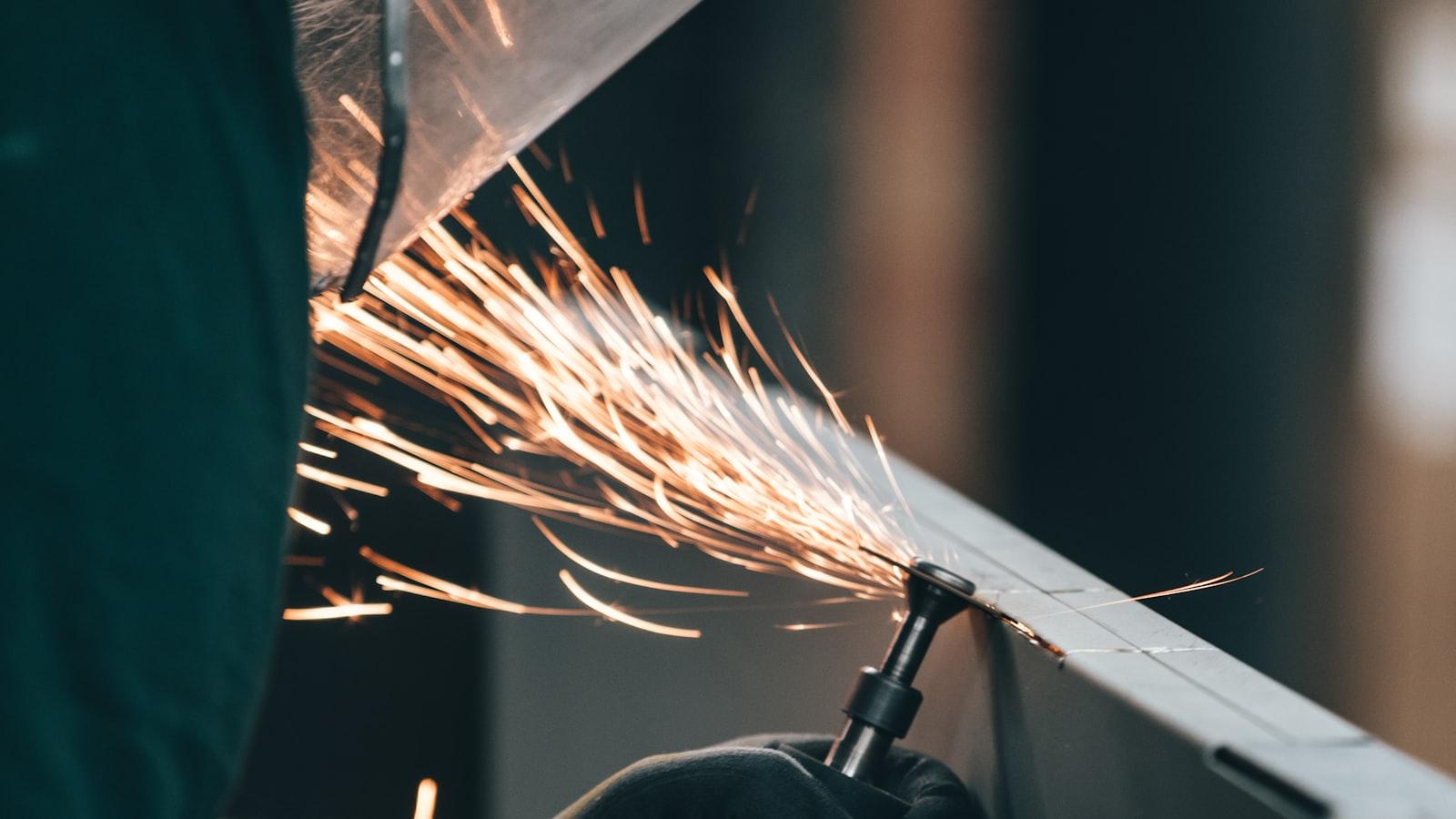
Mastering the Art of Establishing the Correct Arc Length
is crucial in achieving high-quality TIG welds. The arc length refers to the distance between the electrode and the workpiece, and getting it right can make all the difference in the final weld. Here’s how you can become a pro at setting the perfect arc length for your TIG welding projects:
1. Understand the basics: Before diving into the welding process, it’s essential to grasp the fundamentals of arc length. A shorter arc length results in a more focused and intense arc, ideal for welding thinner materials. On the other hand, a longer arc length creates a broader, softer arc, suitable for thicker materials. Knowing how to adjust the arc length according to the workpiece’s thickness is key to producing top-notch welds.
2. Practice makes perfect: Like any skill, mastering arc length requires practice. Experiment with different arc lengths on scrap materials to see how it affects the weld bead and penetration. By honing your technique through trial and error, you’ll develop a keen eye for setting the optimal arc length in various welding scenarios.
3. Maintain a consistent arc length: Consistency is key in TIG welding. To ensure uniform weld quality, keep the arc length steady throughout the welding process. Avoid excessively long or short arc lengths, as they can lead to weld defects such as lack of fusion or excessive spatter. By maintaining a consistent arc length, you’ll achieve clean, strong welds every time.
4. Use the right equipment: Invest in high-quality TIG welding equipment to facilitate precise arc length control. Choose an adjustable TIG torch that allows you to fine-tune the arc length according to your welding needs. Additionally, opt for a reliable welding machine with features that enable smooth arc initiation and stability for consistent welds.
5. Seek feedback and improvement: Don’t be afraid to seek feedback from experienced welders or instructors to improve your arc length technique. Constructive criticism can help you identify areas for growth and refinement. Embrace a growth mindset and continually strive to enhance your TIG welding skills by .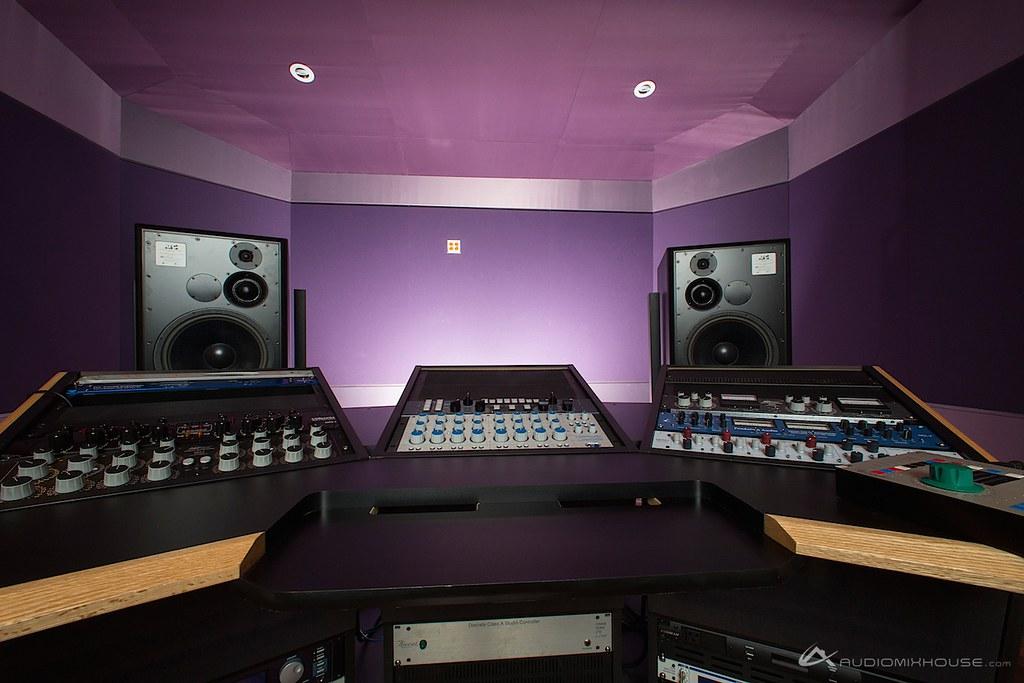
Advanced Techniques for Controlling Heat Input in Tig Welding
When it comes to TIG welding, mastering the art of controlling heat input is key to achieving high-quality and strong welds. By implementing advanced techniques, you can ensure that your welds are smooth, consistent, and free from defects. Let’s dive into some expert tips on how to effectively control heat input in TIG welding.
-
Pulse Welding: Pulse welding is a popular technique that allows you to control the heat input by pulsing the current on and off. This helps to reduce heat buildup in the weld area, resulting in less distortion and a cleaner weld. By adjusting the pulse settings on your TIG welder, you can tailor the heat input to suit the specific requirements of your project.
-
Adjusting Travel Speed: Another effective way to control heat input in TIG welding is by adjusting your travel speed. Slowing down your travel speed can increase heat input, while speeding up can reduce it. By finding the right balance between travel speed and heat input, you can create strong and uniform welds.
-
Proper Shielding Gas Flow: The type and flow rate of shielding gas used in TIG welding can also impact heat input. Ensure that you are using the correct type of gas for the material being welded, and adjust the flow rate to create a stable arc and protect the weld pool. Proper shielding gas flow is crucial for controlling heat input and preventing oxidation in the weld.
-
Utilizing Back Purging: Back purging is a technique used in TIG welding to create a protected environment on the backside of the weld. By using an inert gas to purge the backside of the joint, you can prevent oxidation and control heat input more effectively. This is especially important when welding reactive metals like titanium and stainless steel.
-
Maintaining Proper Electrode Angle: The angle at which you hold the electrode can also impact heat input in TIG welding. By maintaining a consistent angle (typically between 15-20 degrees), you can ensure that the heat is directed into the weld pool evenly. Experiment with different electrode angles to find the optimal setting for controlling heat input.
Mastering these will elevate the quality of your welds and enhance the strength and durability of your projects. By implementing these expert tips, you can take your TIG welding skills to the next level and achieve professional results every time. Remember, practice makes perfect, so keep experimenting and honing your skills to become a TIG welding master.
Tips for Achieving Strong and Clean Welds in Tig Welding
When it comes to achieving strong and clean welds in TIG welding, there are several tips and techniques that can help you perfect your craft. One important tip is to ensure that your work area is clean and free of any debris that could potentially contaminate your welds. This will help you achieve strong and high-quality welds every time.
Another key tip for achieving strong and clean welds is to maintain the correct heat input throughout the welding process. This will help prevent overheating, which can lead to weak welds that are prone to cracking. By continuously monitoring and adjusting the heat input, you can ensure that your welds are strong and clean.
Additionally, it is crucial to use the appropriate filler rod for the material you are welding. Different materials require different filler rods, so it is vital to choose the right one for the job. Using the correct filler rod will help you achieve strong and clean welds that will hold up over time.
Proper technique is also critical when it comes to achieving strong and clean welds in TIG welding. Ensure that you are holding the TIG torch at the correct angle and distance from the workpiece to achieve optimal results. By practicing and mastering these techniques, you can improve the quality of your welds.
Lastly, taking the time to clean and prepare your materials before welding will help ensure that you achieve strong and clean welds. Removing any contaminants or impurities from the workpiece prior to welding will help prevent issues and result in a higher quality finished product.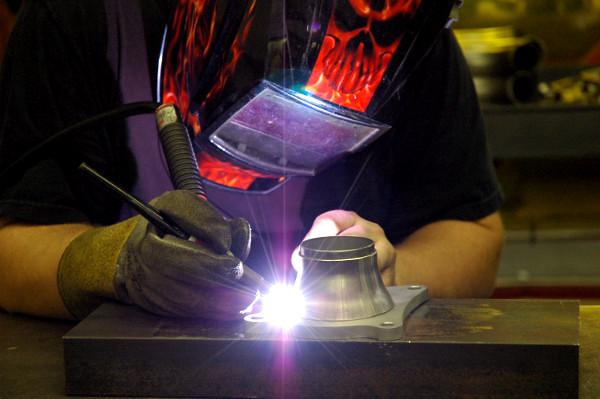
Utilizing Back Purging to Prevent Porosity in Tig Welding
Back purging is an essential technique in TIG welding that can help prevent porosity in your welds. This method involves using an inert gas, such as argon, on the backside of the weld joint to create a shielded environment. By doing so, you can avoid contamination and oxidation, which are common causes of porosity in TIG welds.
When it comes to TIG welding, achieving clean, strong welds is crucial. Porosity can weaken your welds and compromise the integrity of your workpiece. Utilizing back purging can significantly reduce the risk of porosity, resulting in higher quality and more durable welds.
One of the key benefits of back purging is the ability to maintain a consistent and controlled environment during the welding process. This ensures that the molten weld pool is protected from atmospheric gases, which can cause defects in the weld, such as porosity and cracking.
To successfully utilize back purging in TIG welding, you will need some essential equipment, including a gas regulator, flowmeter, gas hose, and a purging device. These tools will help you control the flow of inert gas and create the necessary shielded environment to prevent porosity in your welds.
In conclusion, mastering the technique of back purging in TIG welding is crucial for achieving high-quality, porosity-free welds. By understanding the importance of maintaining a clean and shielded environment during the welding process, you can ensure the utmost strength and durability in your welds. So, don’t overlook the power of back purging in your TIG welding projects!
Optimizing Welding Speed and Travel Angle for Better Results
When it comes to optimizing your welding speed and travel angle for better results, it’s essential to understand the impact these factors can have on the quality of your welds. By making small adjustments to your technique, you can achieve stronger, cleaner welds that will stand the test of time.
Welding Speed:
- Adjusting your welding speed can greatly affect the overall quality of your welds.
- Welding too fast can result in shallow penetration, while welding too slowly can lead to excessive heat input and distortion.
- Finding the right balance is key to producing quality welds that are both strong and visually appealing.
Travel Angle:
- The travel angle refers to the angle at which the welding torch is held relative to the direction of travel.
- A proper travel angle can ensure proper penetration and fusion of the base metals.
- Experiment with different travel angles to find the optimal position for your specific welding project.
Combining Speed and Angle:
- By adjusting both your welding speed and travel angle simultaneously, you can achieve the best results.
- Finding the perfect balance between these factors will result in welds that are both structurally sound and aesthetically pleasing.
- Practice and experimentation are key to mastering this technique.
Monitoring Your Welds:
- Be sure to closely monitor the appearance of your welds as you make adjustments to your speed and angle.
- Look for signs of proper penetration, uniformity, and smoothness.
- Making small tweaks as needed will ensure that you are producing the highest quality welds possible.
Conclusion:
- Optimizing your welding speed and travel angle takes practice and patience.
- By mastering these techniques, you can elevate the quality of your welds and achieve better results in your welding projects.
- Take the time to experiment and fine-tune your approach to welding, and you will see a significant improvement in the overall quality of your work.

Q&A
Q: What is TIG welding?
A: TIG welding, also known as Gas Tungsten Arc Welding (GTAW), is a welding process that uses a non-consumable tungsten electrode to create the weld.
Q: What materials can be welded using TIG welding?
A: TIG welding can be used to weld a wide range of materials, including stainless steel, aluminum, copper, nickel alloys, and titanium.
Q: What are the advantages of TIG welding?
A: TIG welding produces high-quality, clean welds with minimal spatter and fumes. It allows for precise control over the welding arc and provides excellent aesthetic results.
Q: What equipment is needed for TIG welding?
A: To TIG weld, you will need a TIG welder, a TIG torch, a power supply, shielding gas (typically argon), filler metal, and safety gear such as a welding helmet and gloves.
Q: What are some tips for successful TIG welding?
A: Some tips for successful TIG welding include properly preparing the material to be welded, maintaining a consistent welding speed and technique, and ensuring proper gas coverage throughout the welding process.
Q: How can beginners learn to TIG weld?
A: Beginners can learn to TIG weld by taking a welding class or watching online tutorials, practicing on scrap metal, and seeking guidance from experienced welders. Remember, practice makes perfect.
In Summary
In conclusion, mastering the art of TIG welding requires practice, patience, and precision. By following the techniques and tips outlined in this article, you can improve your skills and create high-quality welds. Remember to always prioritize safety, proper equipment maintenance, and a thorough understanding of welding principles. With dedication and perseverance, you can become a proficient TIG welder capable of tackling a variety of projects with confidence. Keep honing your skills and never stop learning in this challenging yet rewarding craft. Happy welding!
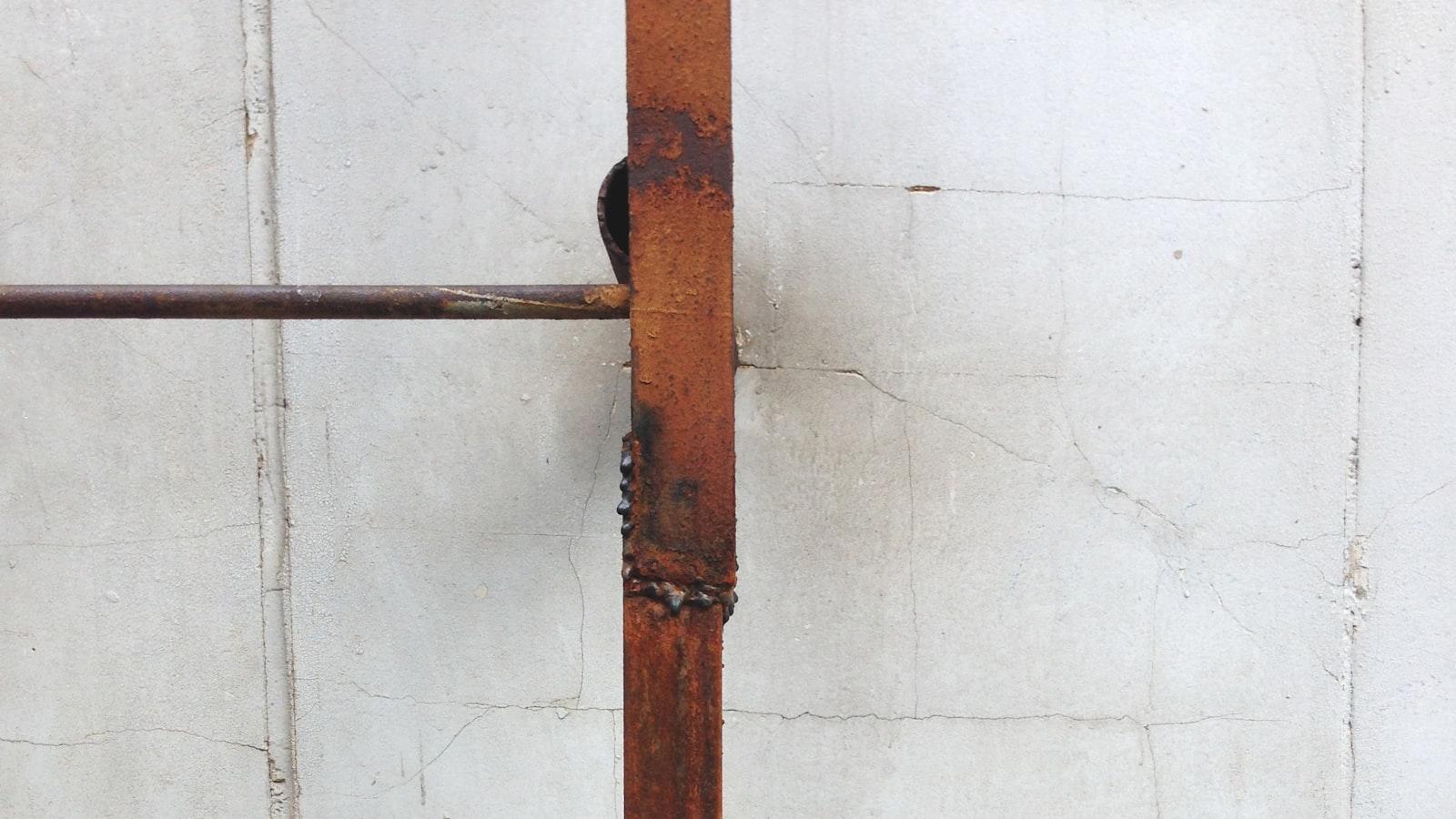
Leave a Reply